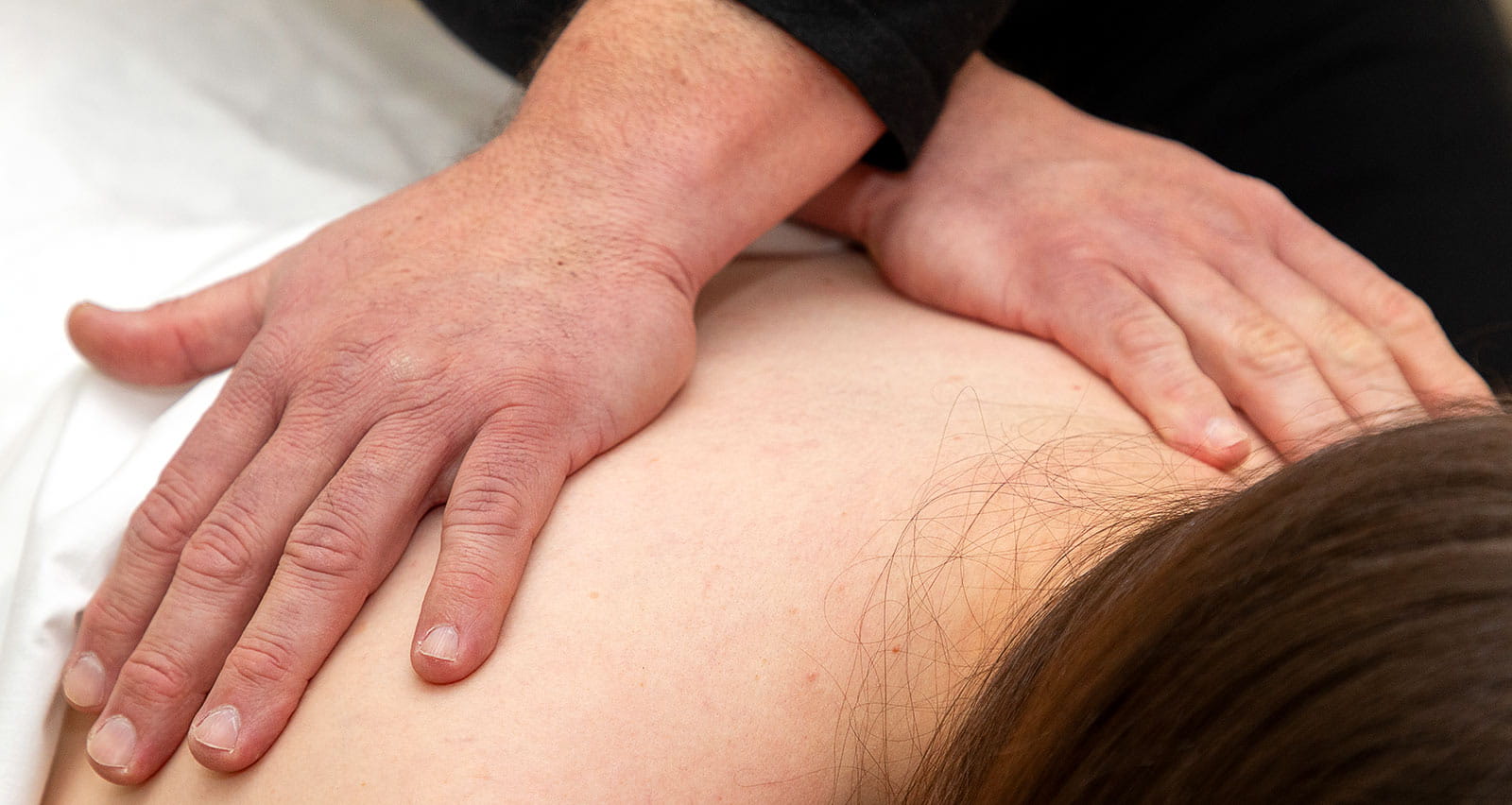
Massage Therapy
University Hospitals Connor Whole Health offers massage therapy as a way to help achieve mental and physical well-being. Massage has been used for thousands of years to promote relaxation and to relieve the pain, stress and tension caused by a variety of conditions and factors.
For more information or to schedule a massage appointment, call 216-285-4070 or schedule online now.
About Massage Therapy
A growing base of evidence supports incorporate massage therapy in your healthcare regimen. Studies have shown that massage therapy reduces pain, anxiety and tension; enhances alertness; increases blood flow throughout the body; and promotes relaxation by engaging the relaxing nervous system.
There are many types of massage therapy, including relaxation, therapeutic, pediatric, oncology, hospital-based massage and prenatal.
Conditions We Treat
Massage is an effective treatment and adjunct treatment for variety of medical conditions.
- Anxiety
- Arthritis and rheumatoid arthritis
- Asthma and bronchitis
- Breast cancer and other types of cancer
- Carpal tunnel
- Fibromyalgia
- Frozen shoulder
- Headaches and migraines
- Hypertension
- Insomnia
- Mild depression
- Muscle sprains and strains
- Myofascial pain syndrome
- Physical pain such as muscle tension, back pain, neck, shoulders, elbows & knees
- Recovery from major surgery such as heart bypass surgery
- Rotator cuff syndrome
- Sciatica
- Sports injuries
- Tennis elbow
Why Choose UH?
There are many benefits to having massage performed within a medical setting such as University Hospitals. Our highly trained, licensed massage therapists work collaboratively with a patient’s primary care physician or specialists to ensure they are getting appropriate care for their condition. This holistic approach to health and well-being is one of the hallmarks of our integrative medicine program.
Make an Appointment
Request an appointment with an Integrative Medicine specialist at University Hospitals.
Call: 216-765-9780



